Main menu
-
- Accuris (157)
- Advantec (1544)
- Adam Equipment (561)
- Ahlstrom (811)
- A&D Weighing (680)
- Benchmark Scientific (452)
- CAS (290)
- Celltreat (698)
- DSC (120)
- Dyn-a-Med (65)
- Eagle Thermoplastics (65)
- Genie (136)
- GVS (1018)
- Heathrow Scientific (1137)
- Intelligent Weighing Technology (100)
- I.W. Tremont (644)
- Mettler Toledo (337)
- Nasco (0)
- Ohaus (2313)
- Precisa (32)
- Radwag (328)
- Ricelake (49)
- Sartorius (2415)
- Torbal (176)
- Tree (168)
- Vibra (19)
- Vistalab (273)
- Whatman (2091)
-
- Moisture Balances/Analyzers (LOD) (133)
- Spectroscopy (Optical) Moisture Analyzers (1)
- Microwave Moisture Analyzers (LOD) (9)
- Low Moisture Analyzers (LOD) for Plastics, etc... (4)
- Replacement Parts (15)
- Sample Testing & Applications Support (1)
- Sample Pads for Moisture and Fat Testers (18)
- Aluminum Dishes (43)
-
-
- Vet Scales (8)
- Wash Down Scales (80)
- Counting Scales (123)
- Pocket & Compact Scales (42)
- Bench Scales (531)
- Shipping & Floor Scales (209)
- Checkweighing Scales (49)
- Crane Scales (35)
- Health Scales (8)
- Price Computing Scales (22)
- Hanging Scales (27)
- Label Printing Scales (21)
- POS Scales (7)
- Jewelry Scales (10)
- Industrial Scales (25)
- Pill counting scales (4)
- Pharmacy Scales (10)
- Viscometers (12)
-
-
- DSC Pre-Washed and Pre-Weighed Filters (956)
- DSC Washed and Dried Filters (6)
- Syringe Filters and Syringeless Filters (852)
- Capsule Filters (299)
- Venting Filter (48)
- In-Line Filters (24)
- Vacuum Filtration (149)
- Quartz Filters (86)
- Bottletop Filter (93)
- Vacuum Protection Filters (0)
- Centrifuge Filters (204)
- Polycarbonate Filters (67)
-
- Benchkote (21)
- Weighing Papers (16)
- Seed Testing (4)
- Chromatography (38)
- Blotting Products (119)
- Lens Cleaning Tissue (3)
- Microplates (15)
- Multiwell (375)
- Printer and Accessories (47)
- Petri Dish (74)
- Pipettes and Pipette Controllers (585)
- Pipette Tips (255)
- Bottles (94)
- Micro Tubes and Caps (194)
- Flask (136)
- Containers (12)
- Beaker (32)
-
-
- Centrifuges (73)
- Centrifuge Tubes (107)
- Cryogenics (1)
- Dry Block Heaters (9)
- Evaporators (12)
- Freezer/Refrigerator (73)
- Incubators (16)
- Hotplates & Stirrers (72)
- Hydrometer (150)
- Ovens (29)
- Refractometers (45)
- SPECTROPHOTOMETER (0)
- Sterilizers & Autoclaves (14)
- Transilluminator (4)
- Thermometer (73)
- Waters Purifications Systems (18)
- Water & Oil Baths (11)
-
- Incubating Shakers Accessories (94)
- Open Air Shakers Accessories (92)
- Orbital Shakers Accessories (70)
- Vortex Mixers Accessories (70)
- Dry Block Heaters Accessories (68)
- Centrifuges Accessories (236)
- Rotators / Rockers and Incubators Accessories (40)
- Hotplates & Stirrers Accessories (8)
- LabJaws Clamps & Supports (210)
- Microscopy & Histology (77)
- Service (6)
Petri Dish
74 products
Showing 25 - 48 of 74 products
A Petri dish typically has a diameter of 150mm, with 100mm and 60mm glass Petri dishes being available for purchase. Petri plates are made from durable plastic and can be used for the same applications – such as cell growth area and tissue culture – as standard Petri dishes. Gas exchange is possible with these dishes.
AnalySlide is a tool used for analyzing samples in Petri dishes. A petri dish is a general microbiological tool used to grow and study various organisms. Petri dishes come in various sizes, such as 60 x 15 mm. A dish balance is used to weigh petri dishes accurately.
Petri dishes are affordable tools for science fair projects, ideal for growing and studying bacteria. Easily buy petri dishes online to explore experiments and observe the most bacteria cultures effectively.
Petri dish paper is used to prevent contamination. Optimal analysis of samples in Petri dishes requires optically clear materials. Crystal polystyrene is a common material for Petri dishes. Input includes lab dish and peachery dish. Sterile petri dishes and agar plates are also available. Nutrient agar is used for culturing bacteria
Petri dishes are shallow, circular glass or plastic dishes used for growing bacteria or other microorganisms. Petri dishes can be bought online. The dish should have excellent optical clarity for easy viewing of the growth. The process of growing microorganisms in a petri dish is commonly referred to as "plating" or "i plating
A petri dish is a shallow, circular glass or plastic lidded dish that is used primarily in laboratories to culture cells and microbes. Disposable petri dishes are readily available for purchase online , offering a convenient option for conducting experiments efficiently. typically made from crystal clear polystyrene for easy observation.
Petri dishes, available for purchase as clear, empty plates, are crucial in laboratories for culturing microorganisms with even media distribution. These dishes often feature a lid skirt to prevent contamination and ensure a secure environment for experimental accuracy.
Ideal for cultures and experiments, each petri plate and tray ensures quality and reliability; contact us directly on our site for bulk orders or specific inquiries.
Elevate your laboratory experiments with our extra-large polystyrene petri dishes, designed for optimal seed germination testing. With ample dimensions and unopened ventilation ribs, these dishes ensure free air circulation, fostering ideal conditions for your experiments. Petri dishes are essential tools in biology for growing bacteria. They are designed for repeated sterilization and feature a flat surface that facilitates the study of cultures under controlled conditions.
35mm petri dish available for purchase. Petri dish sizes are standard. Plastic Petri dishes/laboratory dish can be bought in bulk. Sterilized Petri dishes are available. A standard petri dish size is used for cell attachment. Petri dishes are used for internal research purposes.
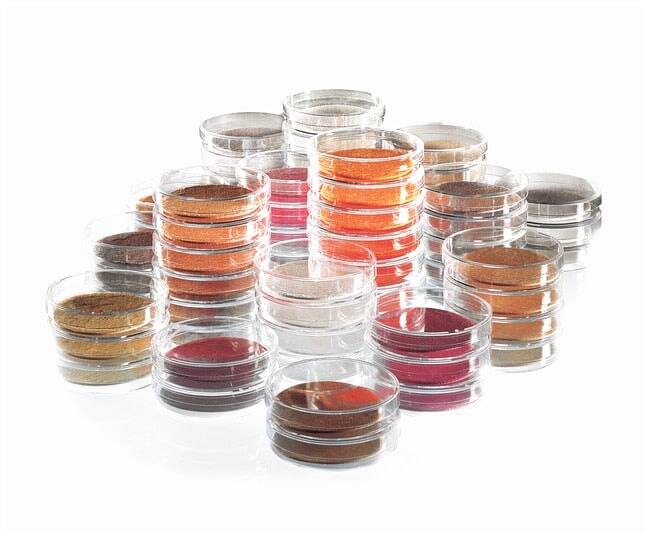
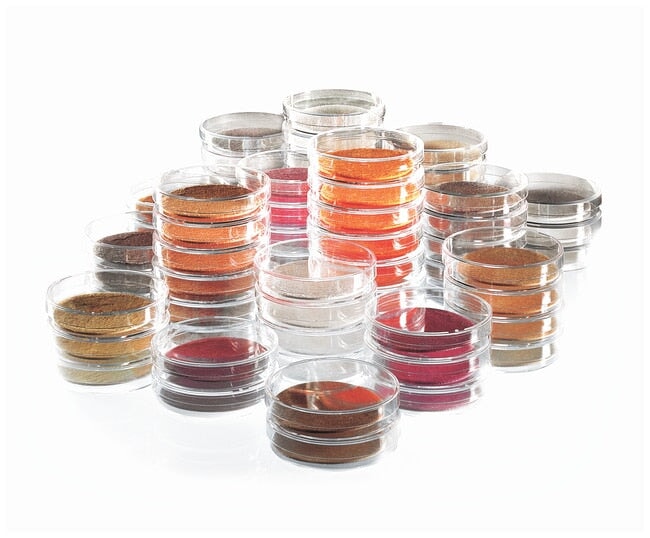
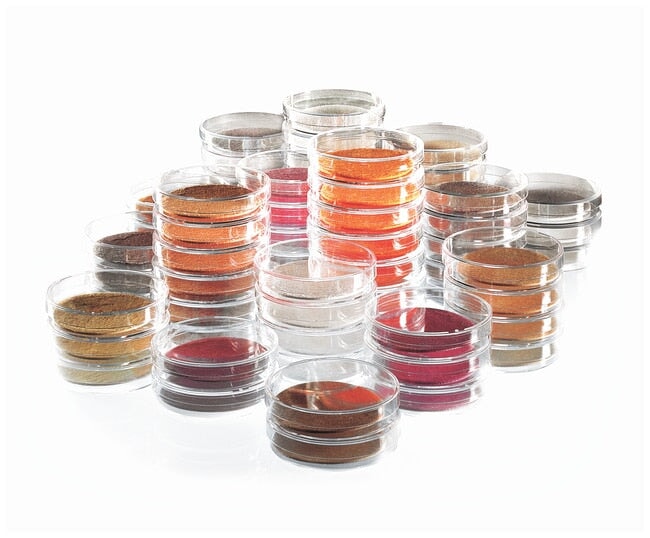
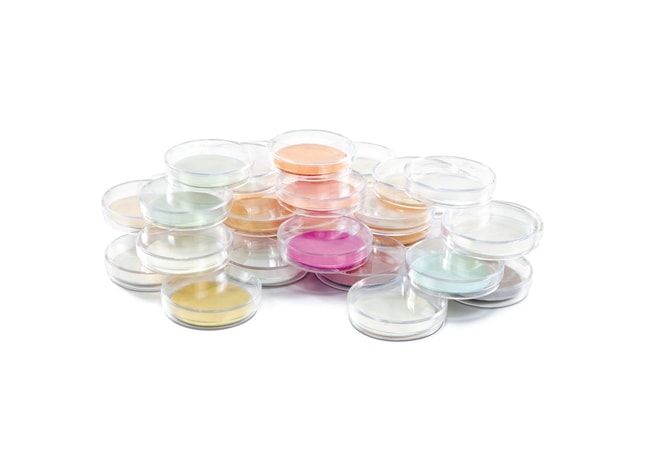
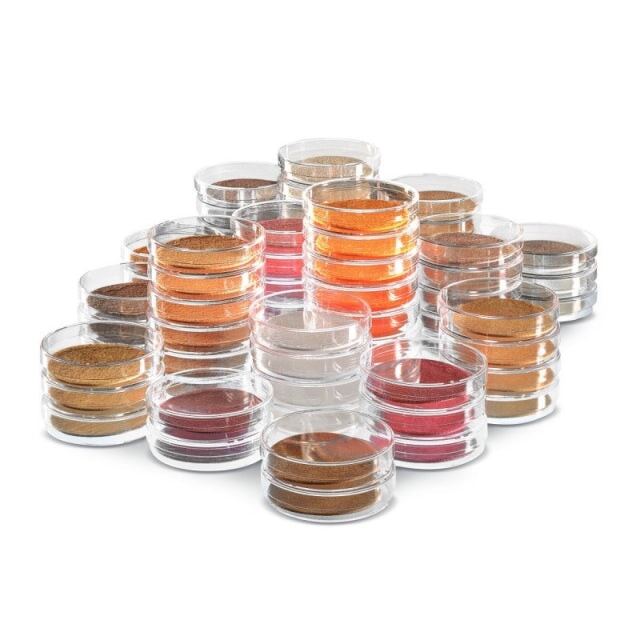
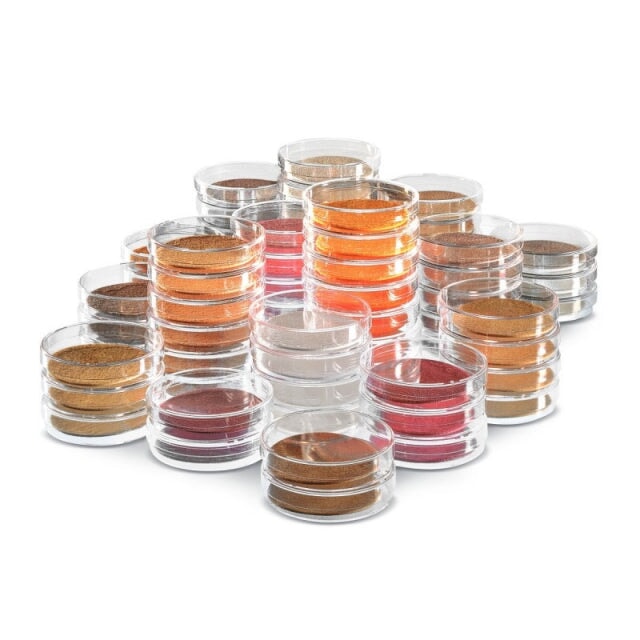
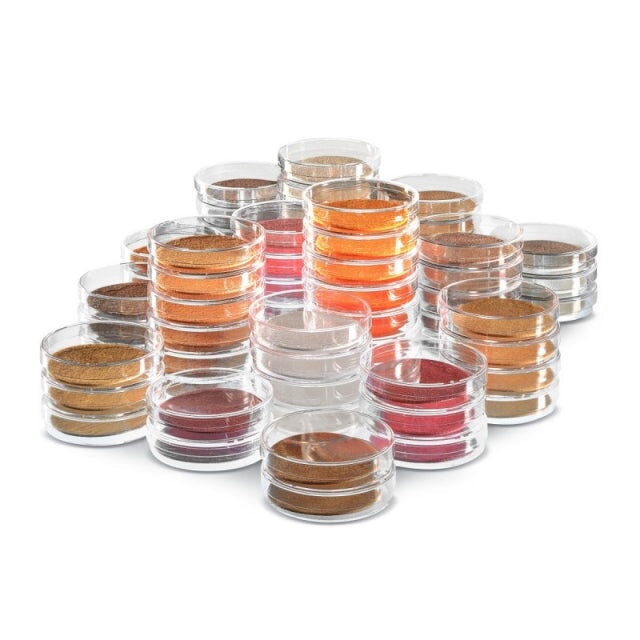
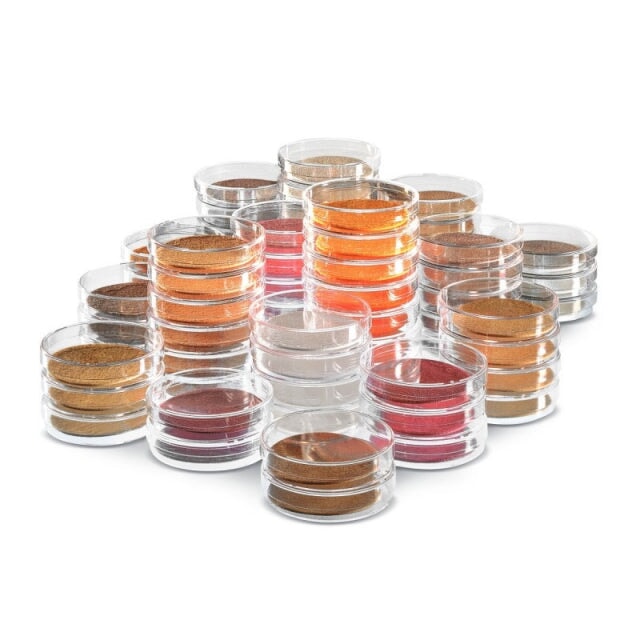
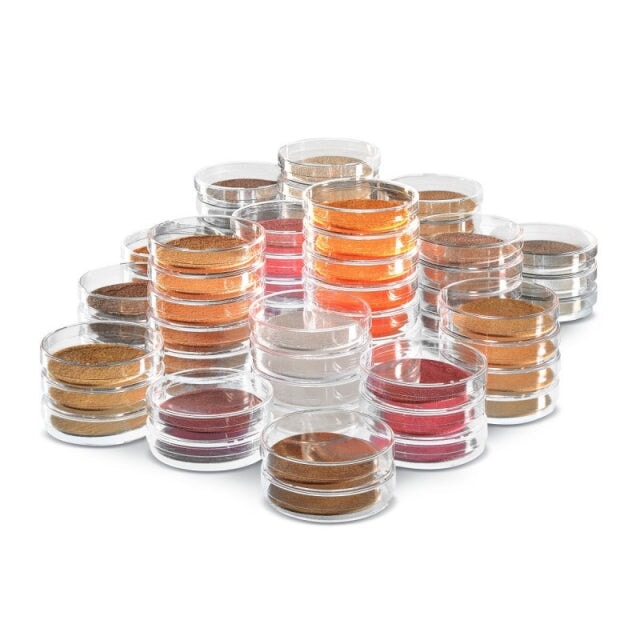
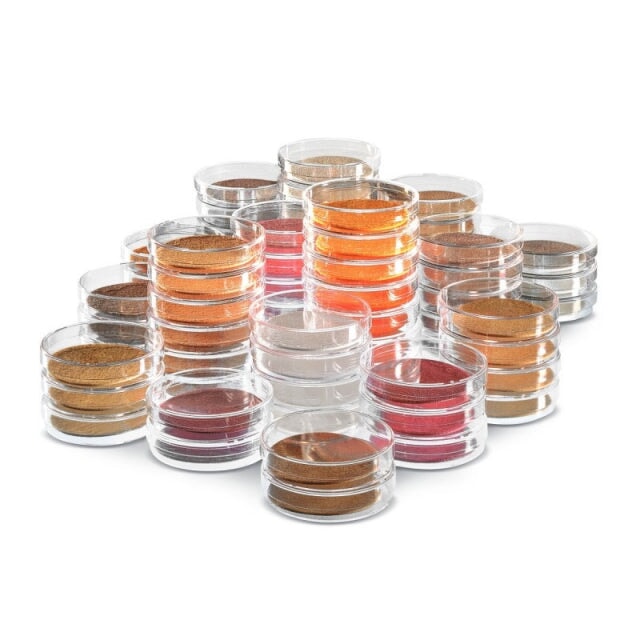
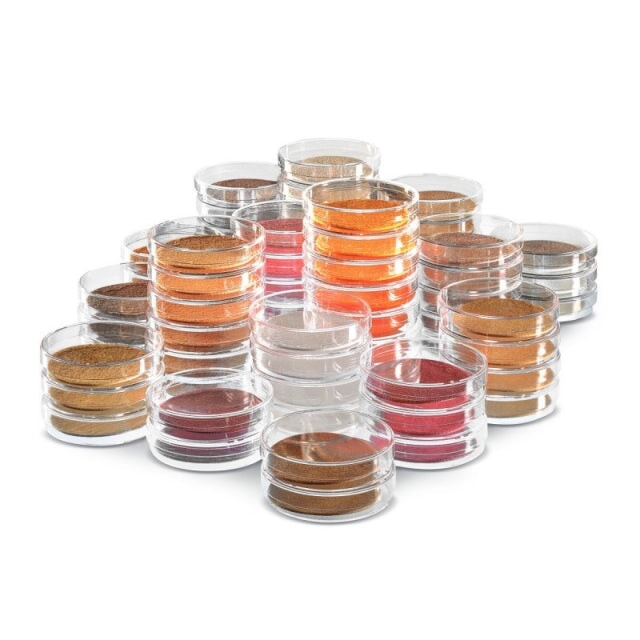
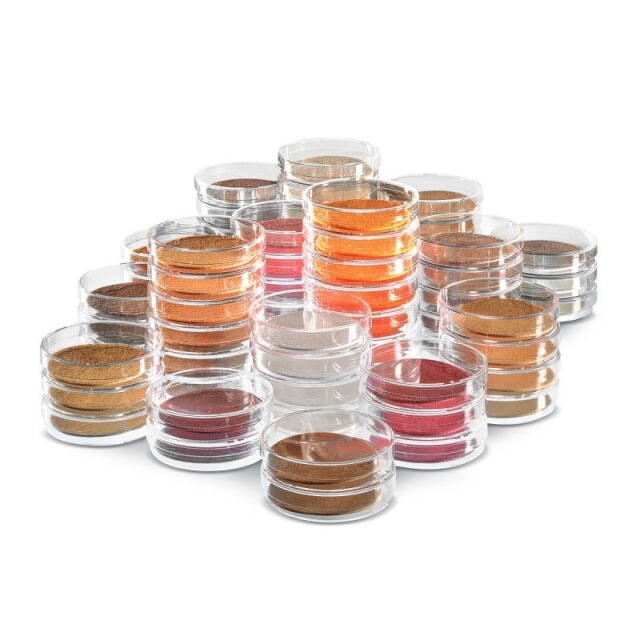
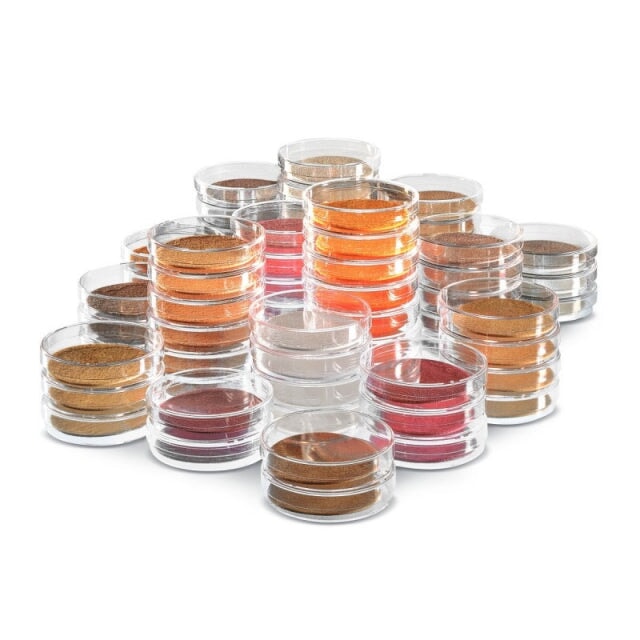
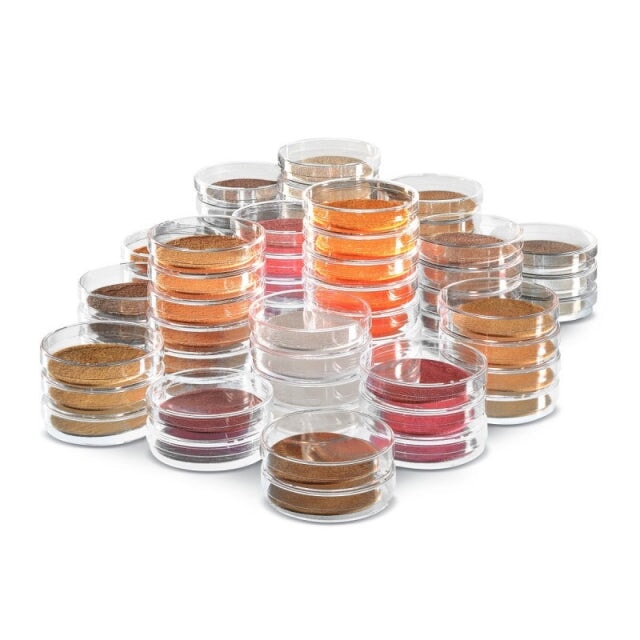
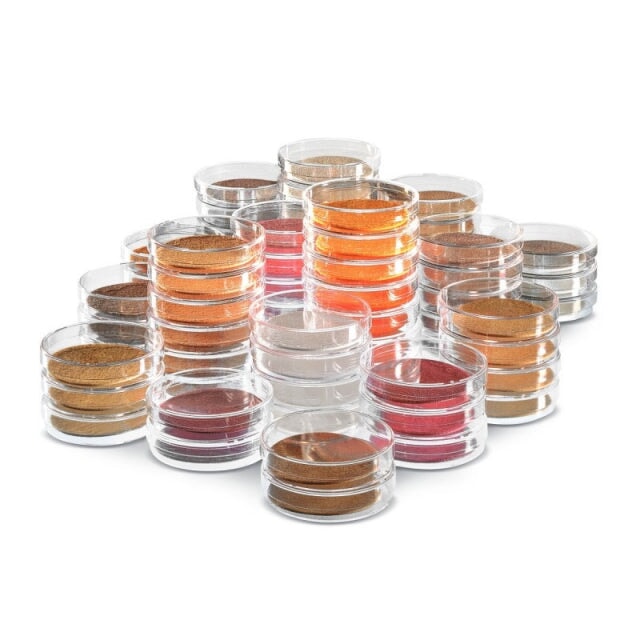
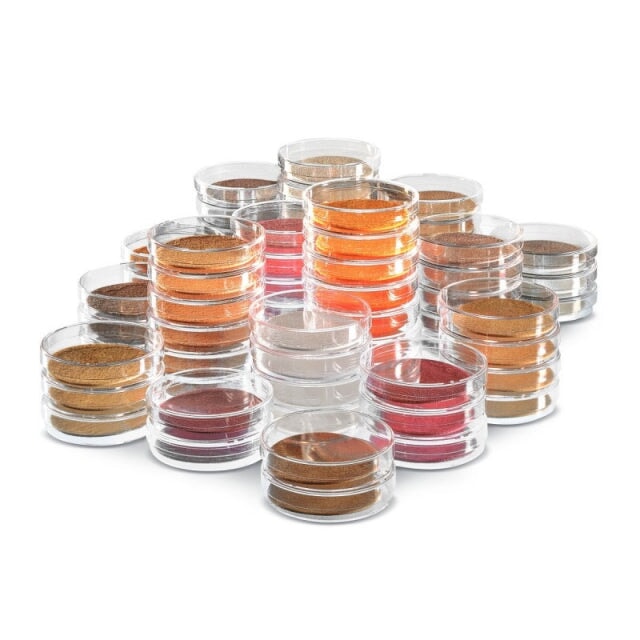
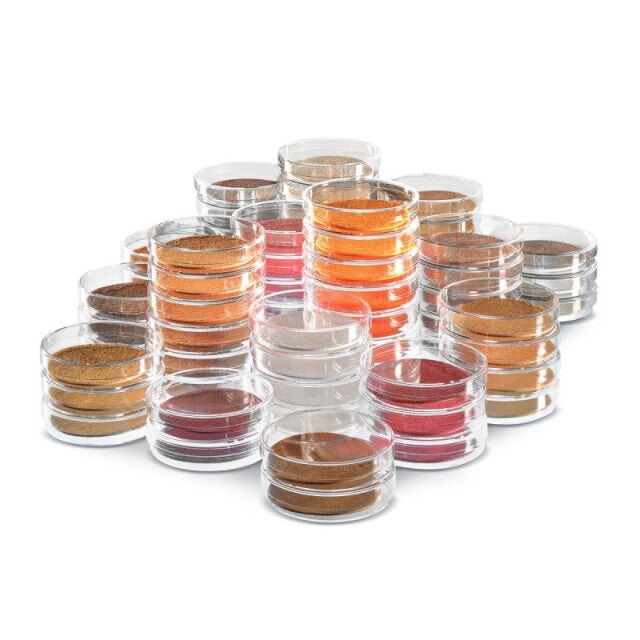
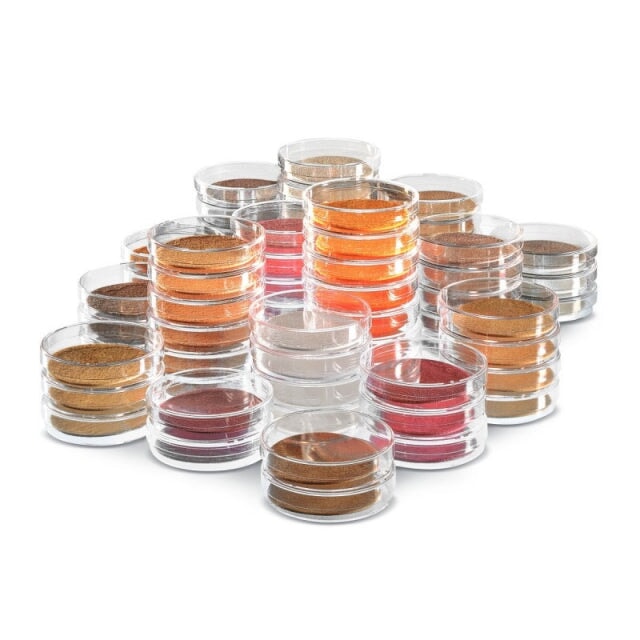
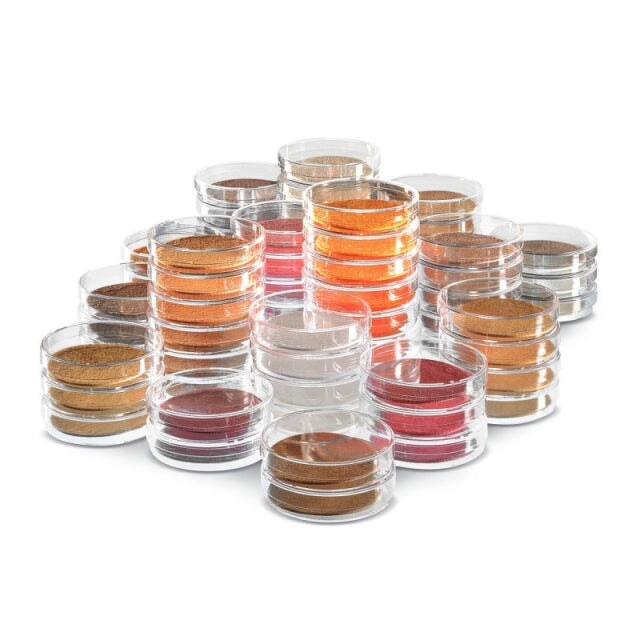
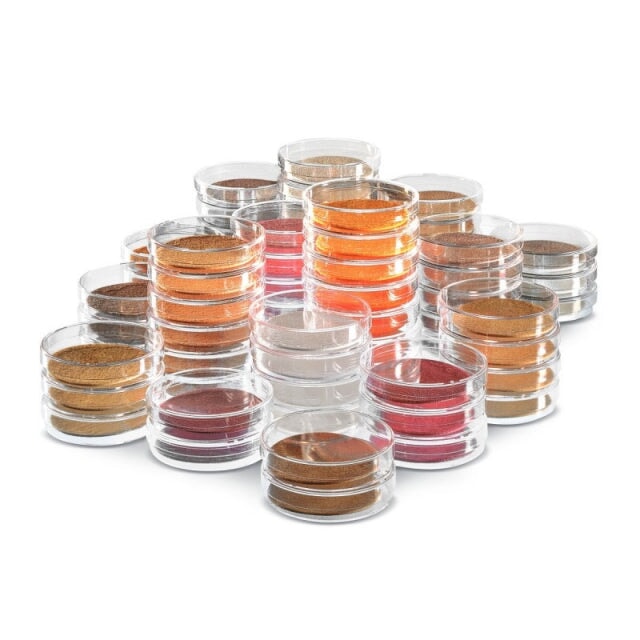
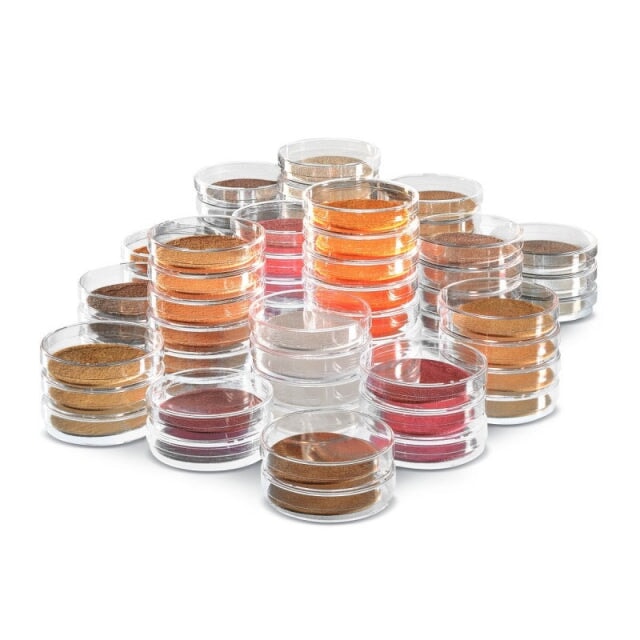
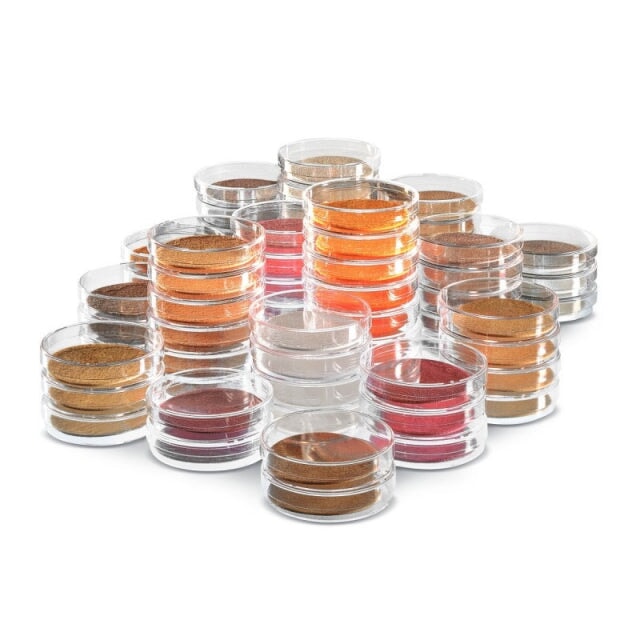
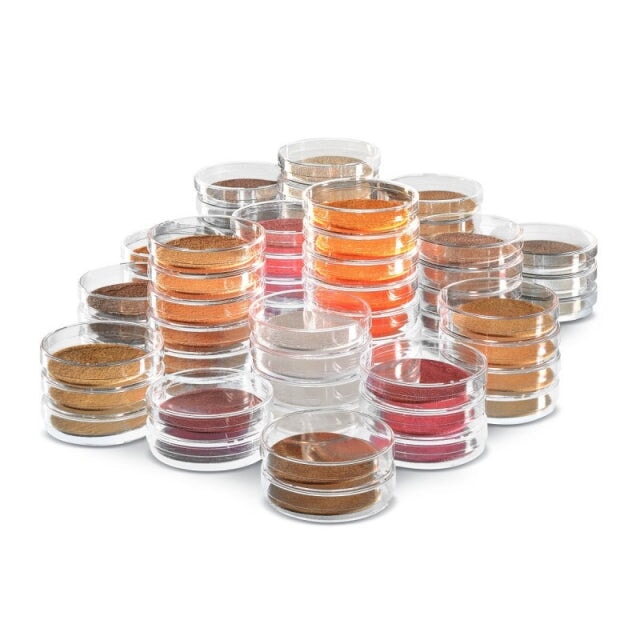
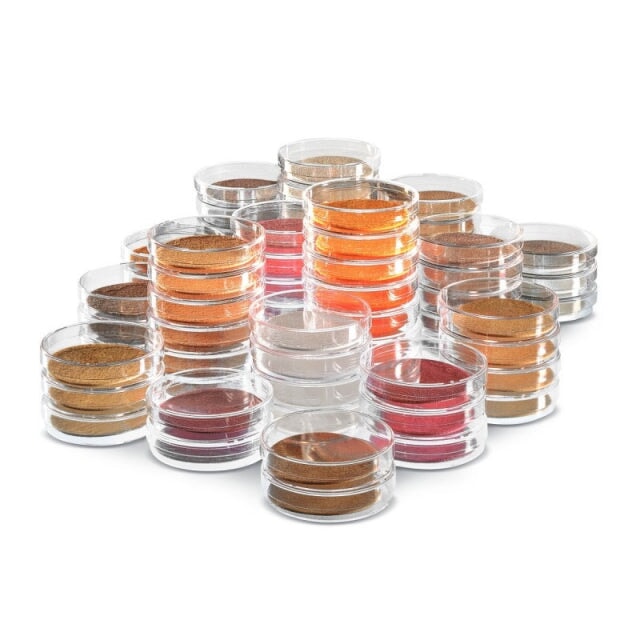
What surfaces do the Petri dishes have for growing cultures?
Surfaces of the Petri Dishes for Growing Cultures
The Petri dishes are crafted from high-quality polystyrene, offering exceptionally transparent surfaces. These ultra-flat surfaces are specifically designed to support the growth of a wide range of cultures. Whether you're working with bacterial, fungal, or mammalian cell cultures, these Petri dishes provide a reliable, smooth, and consistent surface to ensure optimal growth conditions.
How many divisions can the divided Petri dishes have?
Divided Petri dishes can feature various configurations to suit your needs. These dishes typically come with up to four separate sections, allowing for multiple experiments within a single Petri dish. Whether you require a single compartment or multiple divisions, these versatile dishes can accommodate your specific laboratory requirements.
Are the Petri dishes lot traceable?
Absolutely, our Petri dishes are designed for reliability and accountability. Each batch is lot traceable, ensuring you can track the origin and manufacturing details seamlessly. We source our Petri dishes from a wide range of reputable manufacturers known for their quality and consistency.
Rest assured, no matter the source, traceability is a priority for us.
How many wells can petri dishes have?
Petri dishes, often used in lab environments for cell culture and microbiological studies, come in various configurations with different well counts to suit specific experimental needs. The number of wells in a petri dish can vary widely, providing flexibility for researchers. Common configurations include:
Single-well dishes: Ideal for larger cultures or when only one sample is being analyzed.
5-well dishes: Offering a moderate number of wells, useful for multiple samples without excessive compartmentalization.
24-well dishes: Often used in assays and more complex experiments, allowing multiple conditions to be tested within the same dish.
96-well dishes: Suitable for high-throughput screening, providing numerous wells for extensive parallel experiments.
These variations allow scientists to choose the dish that best fits their research needs, ranging from simple single-well formats to intricate multi-well layouts for more detailed studies.
What Colors Do Petri Dishes Come In?
When looking for petri dishes, you'll find they are available in a variety of colors to suit different scientific and laboratory needs. Common colors include:
Clear: Most petri dishes are clear to allow for easy observation of the contents.
Blue: Occasionally, blue petri dishes are used for specific experiments that require them.
Choosing the right color often depends on the type of research or analysis being conducted. These options are readily available from numerous third-party brands. The choice ultimately helps enhance visibility and contrast during experiments, ensuring accurate observations and results.
